Introduction
How To Catch Pigs: Catching pigs can be a challenging but necessary task in various agricultural and farming contexts. Whether for husbandry purposes, transportation, or relocation, knowing how to catch pigs safely and effectively is essential for both the welfare of the animals and the farmers or handlers involved. Will explore various methods and techniques used to catch pigs, taking into consideration their natural behaviors and instincts.
The techniques and strategies that help minimize stress for both the pigs and the handlers during the catching process. It will also cover safety precautions to prevent injuries to both humans and pigs, as well as the use of appropriate equipment and facilities to make the task more efficient. From setting up appropriate enclosures to employing the right tools and approaches.
Catching pigs is a fundamental skill for farmers, veterinarians, and anyone involved in pig management. Whether it’s for routine health checks, transportation, or other necessary tasks, the methods outlined Will provide valuable insights into safely and effectively catching pigs in various situations. mastering the art of pig-catching is a valuable skill for anyone working with these intelligent and sometimes elusive animals.
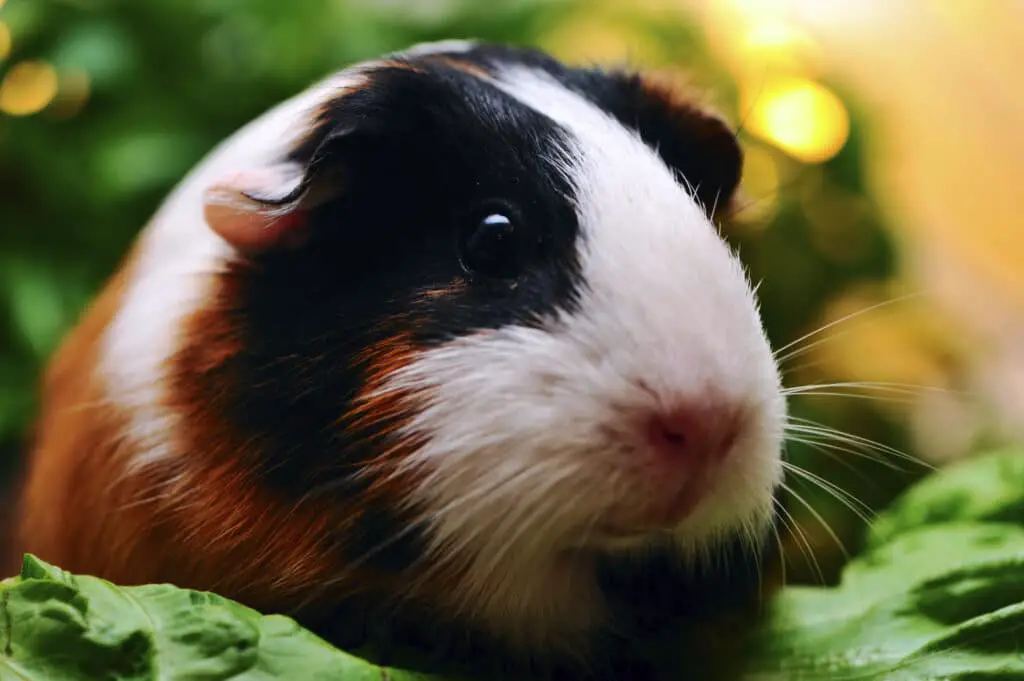
What is the best bait for pigs?
While shelled corn is the “gold standard” of pig baits, practically every species of critter out there also eats corn. Be creative—sour some grain for one bait site, use shelled corn at another or perhaps even try a dry dog food or cheese-based catfish bait in combination with corn or milo.
Natural Forage: One of the most effective baits for attracting wild pigs is their natural forage, such as acorns, roots, and other plant materials. Pigs are natural foragers, and these items are part of their regular diet.
Commercial Pig Attractants: Commercial pig attractants, which are often made with a mix of grains, fruits, and flavors, can be highly enticing to pigs. These products are specifically designed to attract pigs and can be used as bait in traps or hunting setups.
Fermented Corn: Fermented corn is a popular bait for trapping wild pigs. It’s made by soaking corn in water for an extended period until it ferments. Pigs are drawn to the strong smell and taste of fermented corn.
Sweet or Sour Fruits: Pigs have a sweet tooth, so sweet fruits like apples, peaches, and watermelon can be effective baits. Sour fruits like persimmons can also be appealing.
Scent Lures: Scent lures, which mimic the odor of a pig’s natural surroundings or other pigs, can attract them. These lures are often used in conjunction with other baits.
Food Waste: Pigs are opportunistic feeders and will readily consume food scraps, making food waste a useful bait option.
What is the best way to catch a small piglet?
Approach a piglet quietly and slowly. Catch a piglet by grasping its hind leg just above the hock. Never pick up a piglet by a front limb or its tail as this is painful and may cause damage. While holding the hindleg with one hand, place the other hand under the chest to provide support as the piglet is lifted.
Calm Approach: Approach the piglet calmly and slowly to avoid startling it. Sudden movements or loud noises can cause distress.
Use Food as Bait: Food is a powerful motivator for piglets. Use their favorite treats or feed to lure them closer. Gently toss treats within their reach to encourage them to come to you.
Create a Confined Area: If possible, create a confined space where the piglet’s movement is limited. This can be a small pen or a cornered area that prevents the piglet from running too far.
Offer a Safe Space: Provide a comfortable and secure enclosure where the piglet can explore safely. This can be a crate or a smaller pen within a larger area.
Patience and Persistence: Catching a piglet may require patience. Be prepared for the piglet to run away several times before it feels comfortable approaching you.
Gently Corner the Piglet: If the piglet is reluctant to come to you, gently and calmly guide it toward a corner or an area where it has limited escape options.
How do you scare away pigs?
Loud sounds, especially loud ones, can be used to repel and keep wild boars away from your home and property. Wild Boar Repellant is a device that uses specific sounds to keep wild-pigs away by repulsing them and making your areas less likely to be found attractive in the eyes of wild boars.
Loud Noises: Pigs are sensitive to loud and sudden noises. Using devices like air horns, firecrackers, or shouting can startle and scare them away temporarily.
Motion-Activated Lights: Installing motion-activated lights in areas where pigs are a nuisance can deter them. Pigs are typically more active at night, and sudden illumination can disrupt their activities.
Secure Trash Bins: If pigs are raiding your trash bins, ensure they are securely closed and difficult for pigs to access. Use bungee cords or latches to prevent easy entry.
Fencing: Erecting sturdy fencing around your property can be an effective long-term solution. Electric fencing or hog panels designed to withstand pig pressure are good options.
Repellents: There are commercial pig repellents available that emit unpleasant odors or tastes for pigs. These can be applied to vulnerable areas.
Dogs: Well-trained dogs, particularly those with herding instincts or guarding breeds, can be effective at deterring pigs. Their presence alone can be a deterrent.
How are pigs hunted?
Pig Sticking is a form of boar hunting done by individuals, or groups of spearmen on foot or on horseback using a specialized boar spear. The boar spear was sometimes fitted with a cross guard to stop the enraged animal driving its pierced body further down the shaft in order to attack its killer before dying.
Spot and Stalk: Spot and stalk hunting involves locating pigs from a distance, often using binoculars or spotting scopes, and then approaching them quietly on foot. This method requires stealth and patience.
Still Hunting: Still hunting is a slow and deliberate approach, where hunters move quietly through pig habitat, stopping frequently to listen and look for signs of pigs. It’s a method that requires keen observation skills.
Using Dogs: Hunting with dogs, such as specially trained bay dogs and catch dogs, is a traditional method. Bay dogs locate and corner the pigs, while catch dogs immobilize them until the hunter arrives to dispatch the animal.
Baiting: Baiting involves setting up bait stations with attractive food, such as corn or other pig favorites. Hunters then wait in a concealed location for pigs to come to the bait.
Trapping: Trapping is another method where hunters set up large traps or enclosures with one-way doors that allow pigs to enter but not exit. Once trapped, the pigs can be dispatched humanely.
Night Hunting: Some hunters prefer to hunt pigs at night using night vision or thermal imaging equipment. Pigs are often more active at night, making it an effective strategy.
How do you attract pigs quickly?
Common baits include whole corn, livestock cubes, carrion, sour grain, and commercial hog attractant scents. If corn is used, non-targeted animals such as deer may be captured. Soaking the corn in water for 1 week will cause it to sour, and the strong odor will deter other animals from feeding on it.
Baiting with Food: The quickest way to attract pigs is by using food as bait. Pigs have a strong sense of smell and are drawn to various food sources. Common baits include corn, fruits, vegetables, and commercially available pig attractants. Scatter the bait in areas where you expect pig activity.
Create Feeding Stations: Set up dedicated feeding stations where you regularly provide food. This establishes a routine, and pigs may return to these locations in search of food.
Use Scent Lures: Scent lures specifically designed to attract pigs can be effective. These lures mimic the odor of other pigs or appealing scents that attract them.
Motion-Activated Feeders: Motion-activated feeders dispense food when triggered by movement. These can be placed in areas frequented by pigs, ensuring a continuous supply of bait.
Distressed Piglet Sounds: Some hunters use distress calls or recorded sounds of distressed piglets to attract pigs. This can pique the curiosity or protective instincts of nearby pigs.
Mimic Natural Foraging: Replicate the appearance of natural food sources like acorns, nuts, or roots. Pigs are naturally inclined to forage for these items.
What attracts pigs the most?
Sweet corn is a staple in hog baits, because hogs can easily recognize the smell. Corn will “sour” once soaked for several days, creating a smell that will attract hogs but keep other animals, such as deer, away.
Food: The most powerful attraction for pigs is food. Pigs are opportunistic omnivores with a keen sense of smell, and they are drawn to a variety of food sources. Corn, grains, fruits, vegetables, and kitchen scraps are all highly attractive to pigs. Their voracious appetite and constant search for sustenance make food the top lure for pigs.
Scent Lures: Scent lures designed to mimic the odor of other pigs or appealing scents can also be highly effective. These lures tap into the pig’s social and olfactory instincts, drawing them in out of curiosity or the desire to join a perceived group.
Water Sources: Pigs also need access to water, so areas with reliable water sources can attract them. Pigs may frequent water holes, ponds, or streams for drinking and wallowing.
Shelter and Cover: Pigs are creatures of habit and seek shelter and cover in dense vegetation, forests, or brush. These areas provide not only protection from predators but also a sense of security for pigs.
Distressed Piglet Sounds: The distress calls or recorded sounds of distressed piglets can pique the curiosity or protective instincts of adult pigs, leading them to investigate the source of the distress.
Regular Feeding Areas: Pigs are creatures of habit, and once they find a reliable source of food, they may return to the same feeding areas regularly.
Why are pigs so hard to catch?
Trapping a loose pig is a challenge as they are fast, suspicious, and smart. It is essential to plan ahead and set up the materials before startling the pig. As prey animals, pigs will flee if they feel threatened. Once the pig feels threatened, he will be on high alert and it will be far more difficult to catch him.
Intelligence: Pigs are remarkably intelligent animals, possessing problem-solving abilities and a keen sense of their surroundings. This intelligence allows them to quickly adapt to changing situations, making them challenging to catch.
Speed and Agility: Despite their size, pigs can be surprisingly fast and agile. When startled, they can sprint at remarkable speeds, making it difficult for pursuers to keep up.
Wariness: Pigs are naturally wary and cautious creatures. They are constantly on alert for potential threats, which makes them prone to flee at the slightest sign of danger.
Strong Social Bonds: Pigs often live in groups or sounders, and they have strong social bonds. When one pig becomes alarmed, it can alert the entire group, causing them to scatter and evade capture.
Excellent Sense of Smell: Pigs have an exceptional sense of smell, which they use to detect the presence of humans or predators. This heightened awareness can make it challenging to approach them undetected.
Camouflage and Cover: Pigs are skilled at using cover and vegetation to hide from perceived threats. Their natural camouflage in wooded or bushy areas makes them even more elusive.
What food do pigs hate?
Most pigs detest cabbage, onions, corn husks, and cauliflower.
Spicy Foods: Pigs have sensitive taste buds and a limited ability to tolerate spicy or hot foods. They tend to avoid foods with strong, pungent spices like chili peppers or hot sauces.
Bitter Tasting Plants: Pigs generally dislike foods with bitter flavors. This includes many types of bitter greens and herbs, such as dandelion leaves or certain wild plants.
Citrus Fruits: The acidity of citrus fruits like lemons, limes, and grapefruits can be unappealing to pigs. They may avoid these fruits if given a choice.
Onions and Garlic: Pigs are not fond of foods that contain compounds found in onions and garlic, which can create strong odors and flavors that they may find unpleasant.
Spoiled or Rotten Food: Pigs have a keen sense of smell and can detect spoiled or rancid foods. They generally avoid foods that are past their prime.
Foods with Unusual Textures: Pigs have a preference for foods with familiar textures. Unusual or slimy textures, like those found in some seafood, may not be appealing to them.
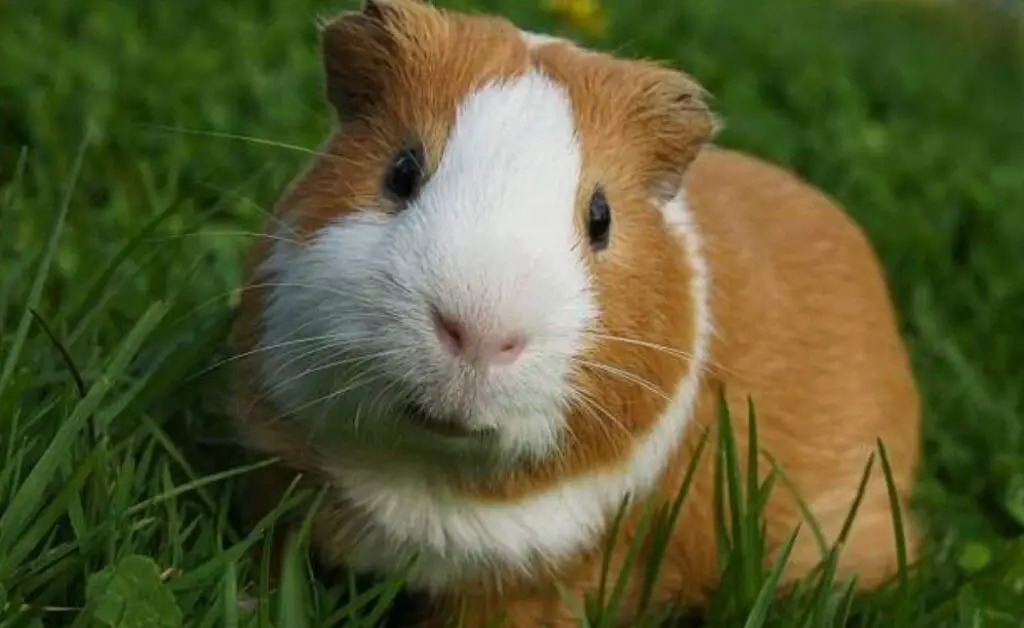
Conclusion
Learning how to catch pigs is a valuable skill for individuals involved in pig farming, animal husbandry, or other related activities. Catching pigs safely and effectively requires a combination of practical techniques, a deep understanding of pig behavior, and appropriate safety precautions.
It’s essential to consider the well-being of both the pigs and the handlers during the catching process. By understanding pig behavior, handlers can minimize stress for the animals and themselves. The use of proper equipment and facilities further enhances the efficiency and safety of pig–catching endeavors.
The ability to catch pigs efficiently and safely is not only essential for routine tasks like health checks and transportation but also for ensuring the overall welfare of the animals. Mastering this skill contributes to the success and productivity of pig farming operations while maintaining the bond between humans and these intelligent and sometimes elusive creatures. With the right knowledge and techniques, individuals can approach pig-catching with confidence and competence, enhancing their ability to work effectively with these remarkable animals.

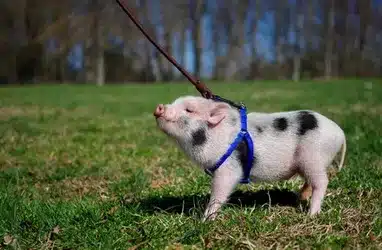
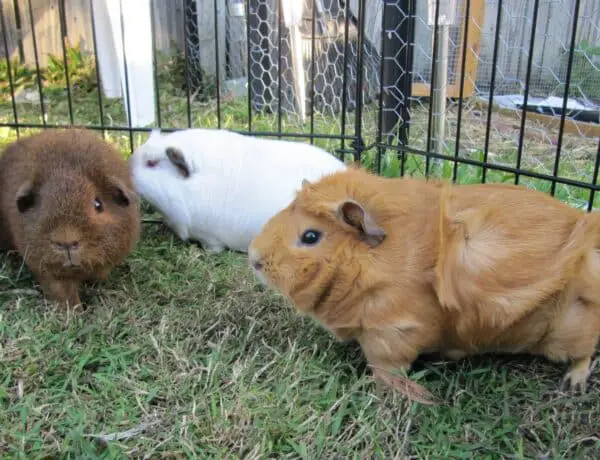
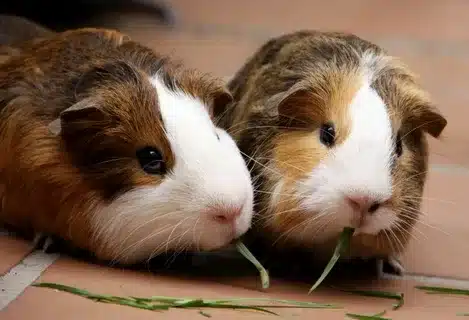
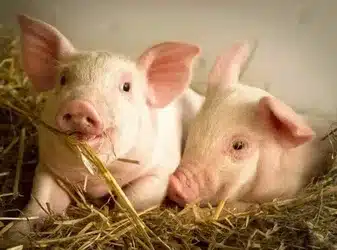
No Comments